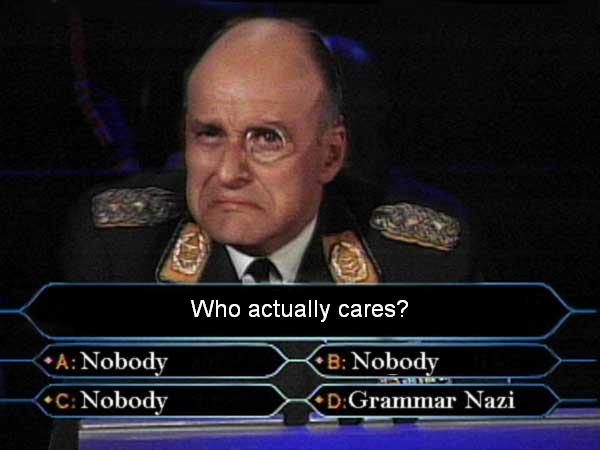SLOs and Assessments |
Steps in the Integrated Reading/Writing Project |
Phase One achieves the following objectives of the Texas IRW Student Learning Outcomes:
- 2.
Comprehend and use vocabulary effectively in oral communication, reading, and
writing.
Assessments: Students will . . .
- Locate and examine the meanings of unknown vocabulary words
- Use context clues to define unknown vocabulary words
- Use a dictionary to locate the approriate definitions of words used in contexts
|
|
Phase One, Vocabulary Building: There are twelve vocabulary words or phrases to preview. I said in class that all learning is based on prior knowledge, so I want you to link these two articles to what you already know about the subject matter. Therefore,
- on the first line under each term, look at the word or phrase and type what you think it means before looking it up or reading the article. It's good to guess if you aren't certain. You may be surprised when you find out you are right. Usually, we know more than we think we know. You will be graded on whether you do it, not on whether you have the right answer before you read the selection.
- Next, read the articles and identify the vocabulary words as you read. I have listed them in the order you will encounter them in the articles. On line two under the vocabulary word on the work sheet, type the definition of the word as you understand it from reading it in context in the article. This is called using context cues to define words. Using a dictionary is another way to define words.
- Finally, when you have finished reading the articles, go to Dictionary.com or Webster's Dictionary Online to look up and type the "correct" dictionary definition for the terms as they are meant in the context of the articles.
|
Phase Two achieves the following objectives of the Texas IRW Student Learning Outcomes:
- 3.
Identify and analyze the audience, purpose, and message across a variety of
texts.
- 4.
Describe and apply insights gained from reading and writing a variety of texts.
- 10.
Recognize and apply the conventions of standard English in reading and writing.
Assessments: Students will . . .
- Annotate texts to determine main ideas
- Mark texts to highlight major supporting ideas
|
|
Phase Two, Reading Critically by Marking the Text: You should print out both articles so that you can mark them with a highlighter, or else copy and paste them into an M.S. Word document so that you can highlight certain sentences. As you read the articles, define the vocabulary terms per the instructions above, and additionally, highlight the sentences in each article which you think give the most compelling reasons why using proper grammar is important for professionals. You will be writing about that topic, so mark those examples while you read. |
Phase Three achieves the following objectives of the Texas IRW Student Learning Outcomes:
- 1. Locate explicit textual information, draw complex inferences, and describe, analyze, and evaluate the information within and across multiple texts of varying lengths.
- 2. Comprehend and use vocabulary effectively in oral communication, reading, and writing.
- 4. Describe and apply insights gained from reading and writing a variety of texts.
- 5. Compose a variety of texts that demonstrate reading comprehension, clear focus, logical development of ideas, and use of appropriate language that advance the writer’s purpose.
Assessments: Students will . . .
- Rephrase key areas of a text
- Write clear, concise paragraphs to answer questions on the reading
- Incorporate information into a unified and cohesive summary
|
|
Phase Three, Writing about the Readings: In this assignment, we will practice paraphrasing, which means to restate the original material in your own words. This is a method for avoiding plagiarism so it is an important research-writing skill, and it is very easy to do. Once you have read and marked the articles for the best professional reasons to know and use good grammar, reread your highlighted sentences, and then close your sources. If you write the following assignment from memory, you will not run the risk of plagiarism.
- Writing assignment: Write a well developed paragraph of about 200 words giving the six best arguments, stated in your own words, from the two articles about why good grammar counts at work.
|
Phase Four achieves the following objectives of the Texas IRW Student Learning Outcomes:
- 10. Recognize and apply the conventions of standard English in reading and writing. (text analysis/revision and editing)
Assessments: Students will . . .
- Read a text from an outside source and integrate paraphrased information, quotes and summaries from the source into their texts.
|
|
Phase Four, Documenting the Paragraph: When I return the paragraphs, we will add the citation information.
The articles: Click the links below to go to the articles.
|
Grading for this phase of the project: Six points is possible, equivalent to an essay grade, broken down as follows.
Congratulations! You have completed part of the essay on developing successful professional communication skills.
Let's go to the next stage of the process.
